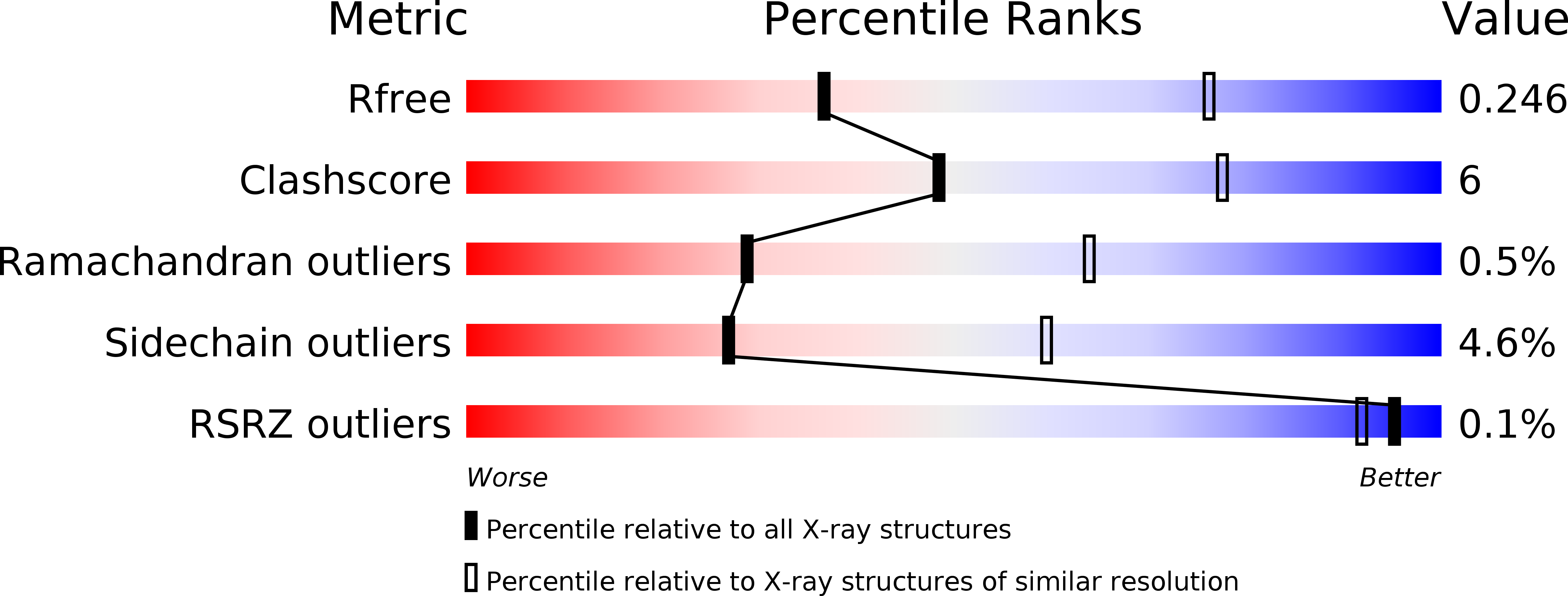
Deposition Date
2016-12-15
Release Date
2017-07-26
Last Version Date
2024-11-06
Entry Detail
Biological Source:
Source Organism:
synthetic construct (Taxon ID: 32630)
Human immunodeficiency virus 1 (Taxon ID: 11676)
Human immunodeficiency virus 1 (Taxon ID: 11676)
Host Organism:
Method Details:
Experimental Method:
Resolution:
3.10 Å
R-Value Free:
0.25
R-Value Work:
0.20
R-Value Observed:
0.21
Space Group:
P 1 21 1


